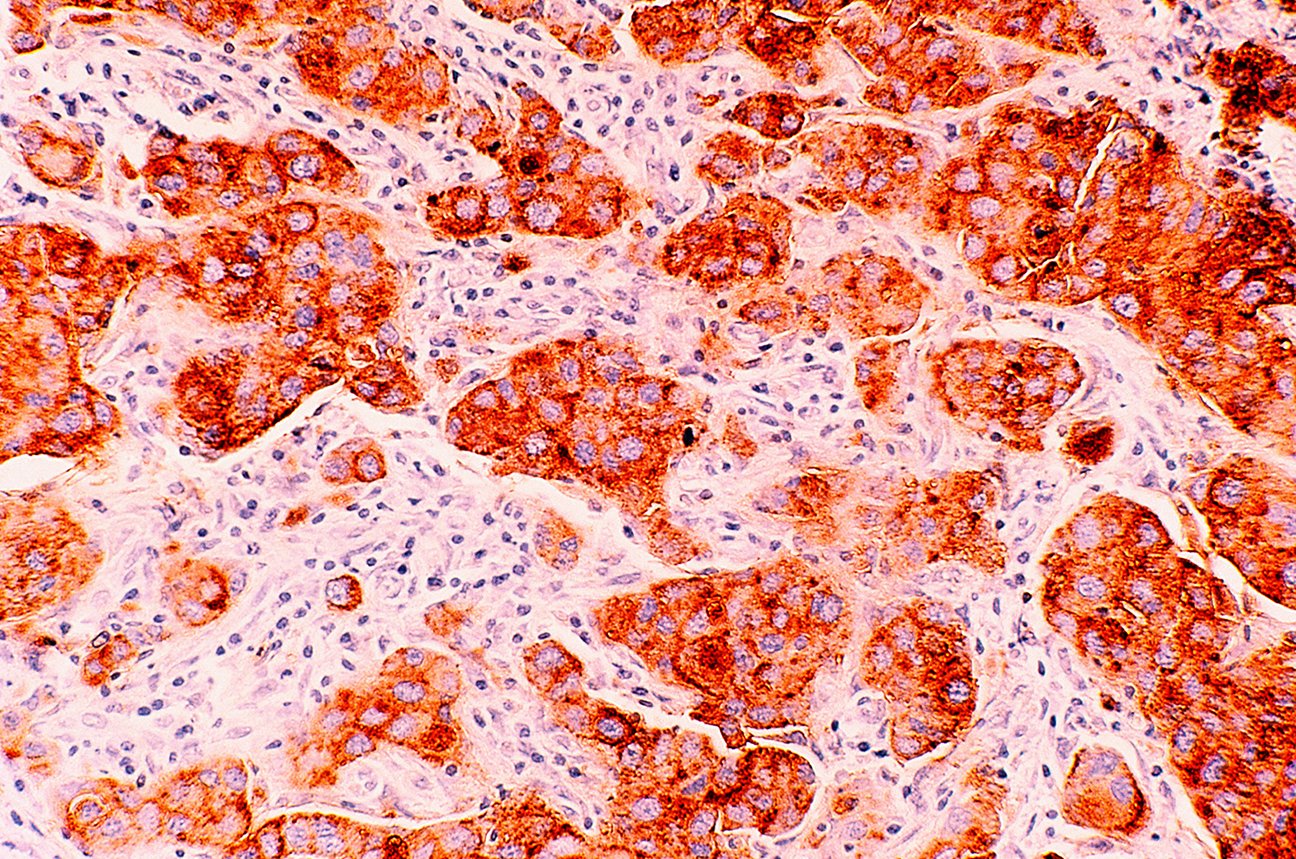- Diseases
- Acoustic Neuroma (14)
- Adrenal Gland Tumor (24)
- Anal Cancer (68)
- Anemia (2)
- Appendix Cancer (16)
- Bile Duct Cancer (26)
- Bladder Cancer (72)
- Brain Metastases (28)
- Brain Tumor (232)
- Breast Cancer (714)
- Breast Implant-Associated Anaplastic Large Cell Lymphoma (2)
- Cancer of Unknown Primary (4)
- Carcinoid Tumor (8)
- Cervical Cancer (158)
- Colon Cancer (166)
- Colorectal Cancer (118)
- Endocrine Tumor (4)
- Esophageal Cancer (44)
- Eye Cancer (36)
- Fallopian Tube Cancer (8)
- Germ Cell Tumor (4)
- Gestational Trophoblastic Disease (2)
- Head and Neck Cancer (12)
- Kidney Cancer (128)
- Leukemia (342)
- Liver Cancer (50)
- Lung Cancer (286)
- Lymphoma (278)
- Mesothelioma (14)
- Metastasis (30)
- Multiple Myeloma (100)
- Myelodysplastic Syndrome (60)
- Myeloproliferative Neoplasm (6)
- Neuroendocrine Tumors (16)
- Oral Cancer (100)
- Ovarian Cancer (172)
- Pancreatic Cancer (160)
- Parathyroid Disease (2)
- Penile Cancer (14)
- Pituitary Tumor (6)
- Prostate Cancer (146)
- Rectal Cancer (58)
- Renal Medullary Carcinoma (6)
- Salivary Gland Cancer (14)
- Sarcoma (238)
- Skin Cancer (296)
- Skull Base Tumors (56)
- Spinal Tumor (12)
- Stomach Cancer (64)
- Testicular Cancer (28)
- Throat Cancer (92)
- Thymoma (6)
- Thyroid Cancer (98)
- Tonsil Cancer (30)
- Uterine Cancer (80)
- Vaginal Cancer (16)
- Vulvar Cancer (20)
- Cancer Topic
- Adolescent and Young Adult Cancer Issues (20)
- Advance Care Planning (10)
- Biostatistics (2)
- Blood Donation (18)
- Bone Health (8)
- COVID-19 (362)
- Cancer Recurrence (120)
- Childhood Cancer Issues (120)
- Clinical Trials (632)
- Complementary Integrative Medicine (22)
- Cytogenetics (2)
- DNA Methylation (4)
- Diagnosis (232)
- Epigenetics (6)
- Fertility (62)
- Follow-up Guidelines (2)
- Health Disparities (14)
- Hereditary Cancer Syndromes (126)
- Immunology (18)
- Li-Fraumeni Syndrome (8)
- Mental Health (116)
- Molecular Diagnostics (8)
- Pain Management (62)
- Palliative Care (8)
- Pathology (10)
- Physical Therapy (18)
- Pregnancy (18)
- Prevention (918)
- Research (392)
- Second Opinion (74)
- Sexuality (16)
- Side Effects (604)
- Sleep Disorders (10)
- Stem Cell Transplantation Cellular Therapy (216)
- Support (402)
- Survivorship (322)
- Symptoms (182)
- Treatment (1786)
What is an eye freckle? 7 things to know
4 minute read | Published December 05, 2024
Medically Reviewed | Last reviewed by Dan Gombos, M.D., on December 05, 2024
An eye freckle is a dark-colored spot on the eye. Doctors may also call it a nevus or mole. Nevi refers to more than one freckle.
Eye freckles may appear in the front or the back of the eye. Most are benign and will never turn into cancer. But sometimes an eye nevus can turn into uveal melanoma, which makes up about 5% of all melanoma cases.
Here, I’ll share more about eye freckles, including the different types and how we treat those that become cancerous.
Eye freckles are common
Eye freckles are pretty common. Anybody can have them, but they usually occur in people with lighter skin. About 1 in 8 white people have a nevus in the eye.
Eye freckles form from melanocytes, cells that produce the color in our skin and eyes. When a bunch of these cells group together, it can form an eye nevus.
There are different types of eye freckles
You can develop an eye freckle anywhere on the pigmented part of your eye.
Iris freckle
An iris freckle develops on the front of the eye in the iris. It is typically benign and does not turn into cancer.
Choroidal nevus
A choroidal nevus is located in the back of the eye. These nevi are usually benign. But a small number of them can turn into melanoma.
Why we look for changes in eye freckles
An ophthalmologist may monitor your eye freckles to see if they get bigger, thicker or change color. This might mean that the freckle has become cancerous.
Taking images of any eye freckles during regular eye exams can help doctors keep track of any changes.
At MD Anderson, we may use any of the following to monitor eye freckles or detect melanoma in the eye:
Slit lamp exam
During this exam, we use a device that has a microscope and bright light to examine your eye. We can also measure any nevi with the slit lamp.
Gonioscopy
We use a slit lamp and a special lens to check the eye’s drainage system.
Ultrasound biomicroscopy
This ultrasound provides detailed images of the front segment of the eye.
Ocular coherence tomography
This is an imaging test that uses light waves to take cross-sectional pictures of your retina. We can then view all the layers of your retina.
Biopsy
If we suspect an eye nevus may be cancerous, we will order a biopsy. During a fine-needle biopsy, we stick a small needle in the eye and retrieve tissue cells. Or we may do an excisional biopsy where we surgically remove the area of the nevus. A pathologist will examine the sample to see if it’s cancer.
It’s important for your doctor to monitor eye freckles for any changes. This way, if the eye freckle becomes cancerous, they can catch it and treat it right away.
How to treat eye freckles that become cancerous
Most eye freckles will not turn into cancer. So, we don’t treat those; we just monitor them.
When a nevus does turn cancerous, we’ll typically treat it with surgery or high-dose radiation therapy.
Genetic mutations cause some uveal melanoma cases
We don’t know exactly what causes some nevi to turn into cancer.
Mutations in the GNAQ and GNA11 genes are often associated with the transformation of benign nevi to cancer.
Some cancerous choroidal lesions are linked to a secondary mutation in the BAP1 gene. This can be passed down to other family members. We may refer you for genetic counseling if you have a BAP1 mutation and have been diagnosed with other types of cancer.
See a doctor about any vision changes
See a doctor if you have an eye freckle and start to notice any of the following changes to your vision:
- Blurred vision
- Flickering lights
- Distorted lines
These are clues that the nevus might have transformed to cancer. The biggest misconception people have about eye cancer is that it is always painful. Early cancer of the eye may not cause pain. That’s why it’s important to get checked out if you have any changes to your vision.
Remember, most eye freckles are benign
Eye freckles are similar to moles on the skin. They won’t ever go away. They probably won’t ever turn into cancer. But you should stay on top of any changes you see.
We always want to treat a cancerous lesion when it’s small. If we can treat any concerning areas early, there’s a better chance we can restore your vision. So, see your doctor if there's a change in the size or appearance of an eye freckle, or if you develop new symptoms.
Dan Gombos, M.D., is an ocular oncologist and chief of Ophthalmology at MD Anderson.
Request an appointment at MD Anderson online or call 1-877-632-6789.

Most eye freckles will not turn into cancer.
Dan Gombos, M.D.
Physician





